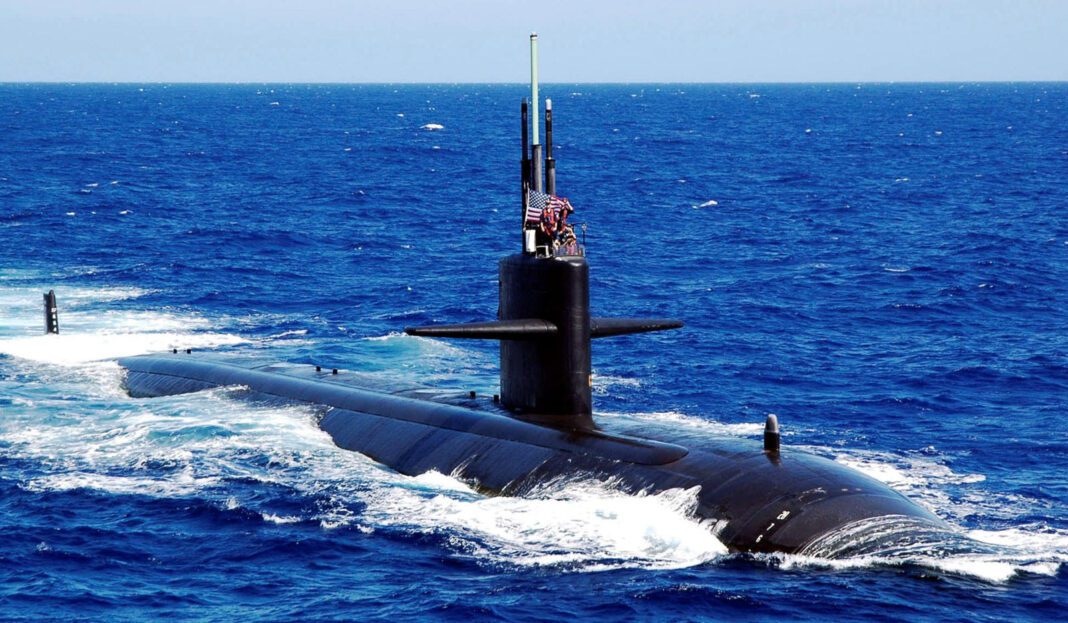Developed during the Cold War, the Los Angeles-class submarines have become a vital part of the U.S. Navy. These nuclear-powered fast attack submarines have been in service since the 1970s, and despite some challenges, they continue to play a key role in U.S. naval strategy.
The Evolution of the Los Angeles-Class Submarine
In the 1960s, U.S. intelligence observed that Soviet submarines were advancing rapidly. Soviet fast-attack subs could reach speeds that threatened U.S. aircraft carriers, while new missile submarines could overwhelm U.S. defenses. To counter this, the U.S. Navy began developing the Los Angeles-class submarines in 1967.
These submarines were based on the older Sturgeon-class but were larger and more advanced. The Los Angeles-class featured improved stealth technology and speed, allowing it to keep up with U.S. carriers and rival Soviet submarines.
Key Specifications
The Los Angeles-class is known for its impressive speed and stealth. The official top speed is listed as over 25 knots, but some experts, including military author Tom Clancy, speculate it could be as high as 37 knots. This speed helps the Los Angeles-class remain competitive with its Soviet counterparts.
The submarine is powered by a General Electric S6G pressurized water reactor. This reactor produces steam to drive the propulsion turbines and generate electricity for the submarine.
The maximum operating depth of the Los Angeles-class is also a closely guarded secret. Officially, it’s stated to be 650 feet, but some sources suggest it could be as deep as 950 feet, with other estimates reaching up to 1,475 feet.
Armament and Sensors
The Los Angeles-class submarines are heavily armed. Each submarine can carry about 25 torpedo tube-launched weapons, including torpedoes and mines. The Mark 67 and Mark 60 CAPTOR mines are used to target submarines and surface vessels. Additionally, the submarines can launch Tomahawk and Harpoon cruise missiles, enabling them to strike land-based targets as well.
For detecting enemy threats, the Los Angeles-class is equipped with advanced sonar systems. The AN/BQQ-5 sensor suite, with between 104 and 156 hydrophones and two towed arrays, provides excellent sonar capabilities. The improved 688i variant features the AN-BSY-1 SUBACS submarine advanced combat system, although this system faced cost overruns and delays.
The Legacy and Current Role
Since their introduction, the Los Angeles-class submarines have proven to be highly successful. They have been a mainstay of the U.S. Navy, with 26 still active today. This makes them the most numerous class of submarines in the U.S. fleet, comprising over 50% of the Navy’s fast attack submarines.
The Los Angeles-class submarines play a crucial role in U.S. naval strategy and global deterrence. While much of their work is conducted discreetly, it is clear that these submarines have been actively involved in various conflicts and diplomatic efforts over the past five decades.
Looking Ahead
The Los Angeles-class submarines have remained a cornerstone of U.S. naval power for over 50 years. Their speed, stealth, and formidable armament make them a critical asset for maintaining naval superiority and global deterrence. Despite facing challenges, the Los Angeles-class continues to demonstrate its value in modern naval operations.

